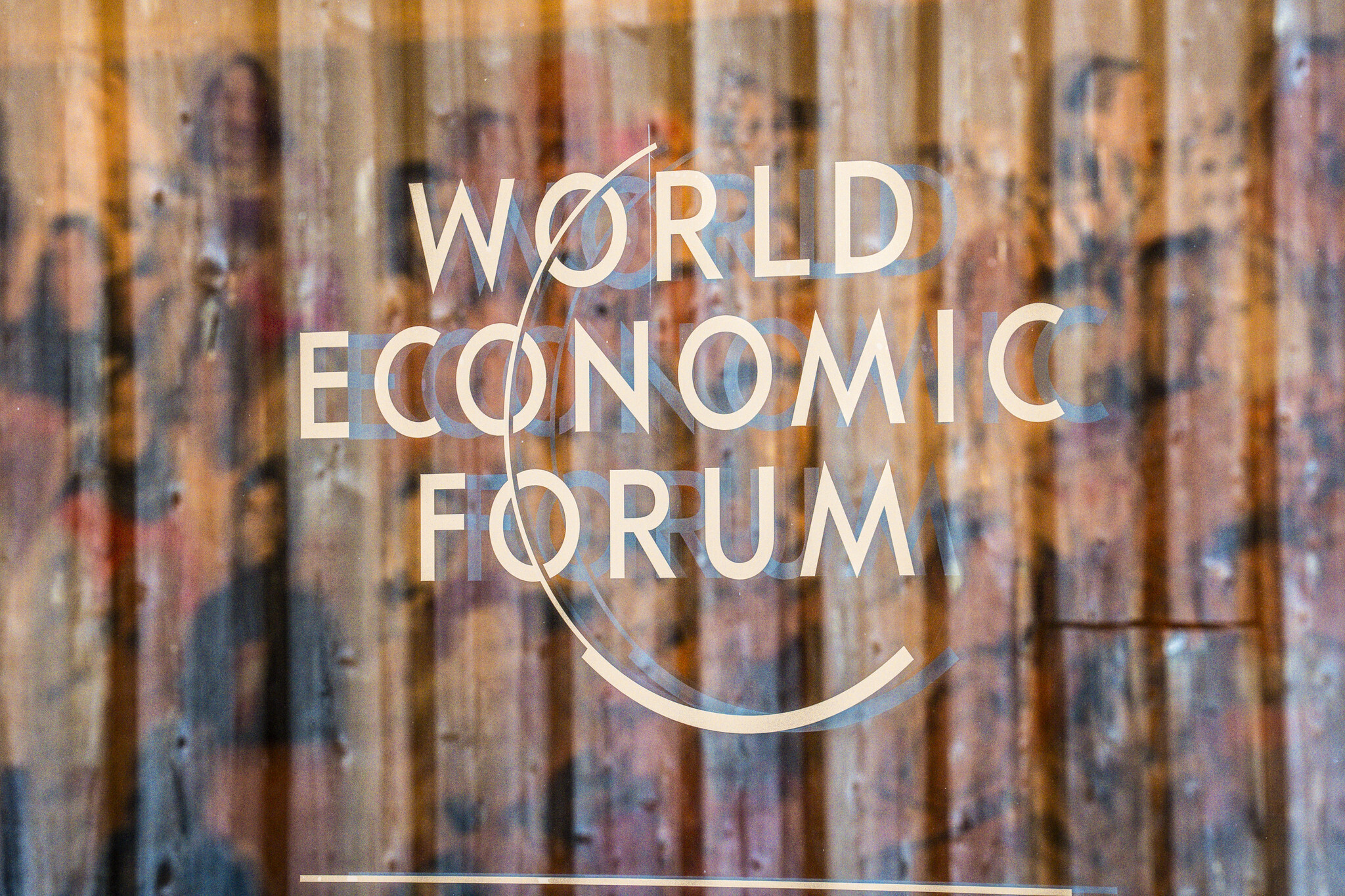How can Indonesia extinguish its forest fires for good?

Image: REUTERS/Nova Wahyudi/Antara Foto
In recent months, Indonesia has again come under the international spotlight for a problem that has dogged the country for more than two decades - haze resulting from uncontrolled and sometimes uncontrollable land fires.
The last two major El Niño seasons - in 1997 and 2015 - elevated haze into a regional issue. Politicians struggled to find a balance between soothing domestic outrage and risking foreign relations fallout with Indonesia.

Political grandstanding and swords are usually crossed only when the winds blow the haze across to neighbouring countries. For those living near or on the very lands that are burning, however, haze is a dreadful and inescapable occurrence during what is now seen to be increasingly frequent and longer dry seasons.
The facts
Fire and haze have reportedly affected the health of more than 120,000 people, caused several hundreds of schools to shut down for months, and resulted in losses of $30bn. In 2015 alone, 2.1 million hectares of land were burnt in spite of efforts by the central government, the private sector, and NGOs.
The biggest tragedy? This is a man-made disaster that should never happen in the first place.
Getting to the crux of the issue requires acknowledgment of these facts:
- Because of relatively high humidity in Indonesia, large self-combusting fires are not possible. Nearly all occurrences are caused by humans.
- Fires occur on all soils, including peatland and mineral soil.
- It costs under $250 per hectare to use mechanical methods for land preparation but the cost can be recovered from the value of the wood waste. This means mechanical methods are as cost-efficient as using fire to clear land.
- Sixty percent of fires occur in unmanaged or “no man’s land”. The remaining 40% occur around borders separating licensed concessions and communities, and areas where errant small to mid-sized concession holders systemically encroach. From experience, no large established companies will see any value in using fire at any point of a forestry plantation cycle, be it for land preparation or clearing for expansion.
- Acacia or Eucalyptus trees, commonly used for pulp and paper production, are not planted on land cleared by burning.
Root causes
As policy makers respond to public pressure, the observed tendency is to swing from short-term responses, such as canal blocking and deployment of heavy-lifting helicopters at a hefty price tag of $10,000 an hour for fire suppression, to piecemeal policies such as revoking of licenses which will result in more unmanaged lands to large restoration projects with limited sources of funding.
However, none of this addresses the root problem: why do the fires take place?
My view is that the answer cannot be found by institutional experts who conduct research that is not based in reality. No reliable analysis can be taken from inaccurate hot spots overlaid on maps and displayed on large LCD screens.
Our search for the answer must begin from the ground-up; from those who burn, and the local fire fighters who respond to the fires on the ground.
Renewed hope
Late last year, the Palembang airport in South Sumatra was engulfed in thick haze and had to close for more than two months. Just next door in Riau province, there were significantly fewer fires despite half of its landmass being situated on peatland. Unfortunately, haze knows no boundaries – the thick haze carried by south-eastern wind from the southern provinces of Sumatra – mainly Jambi and South Sumatra – affected Pekanbaru and the rest of Riau province equally.
So what was Riau province doing right? The key lies in collaboration models that have the potential to work in other areas:
- Provincial ownership of the problem with strong coordination among Riau’s Chief of Army, Head of Police, and Governor for rapid fire suppression and pre-approved budgets for socialisation and prevention programmes.
- Effectively managed landscapes, such as the Kampar Peninsula which balance the objectives of the production forests, community livelihoods, and conservation. Providing economic opportunities for the communities relieves pressure on the forests, and deters illegal encroachment and burning.
- A fundamental shift of focus from suppression to prevention in the villages and communities. Pelalawan is an example of the first regency in Riau to adopt a fire-free village programme in nine villages where communities are enabled, empowered, and incentivised to be fire-free.
Southeast Asia starts the New Year with blue skies, fresh air, and renewed hope. This offers a window for all stakeholders to take stock of lessons and best practices as we work towards a lasting solution to this problem. Amidst the thick, gloomy haze that enveloped Sumatra in the last dry season, Riau's relative success offers a ray of hope which will not come from finger-pointing and lip service.
Don't miss any update on this topic
Create a free account and access your personalized content collection with our latest publications and analyses.
License and Republishing
World Economic Forum articles may be republished in accordance with the Creative Commons Attribution-NonCommercial-NoDerivatives 4.0 International Public License, and in accordance with our Terms of Use.
The views expressed in this article are those of the author alone and not the World Economic Forum.
Stay up to date:
Future of the Environment
Related topics:
Forum Stories newsletter
Bringing you weekly curated insights and analysis on the global issues that matter.
More on Forum in FocusSee all
Gayle Markovitz
October 29, 2025







